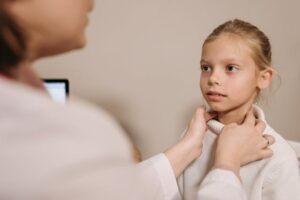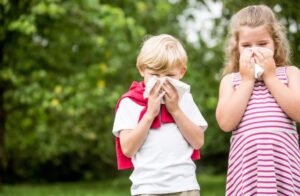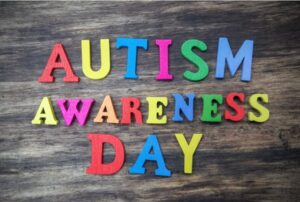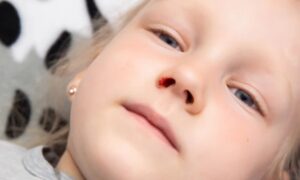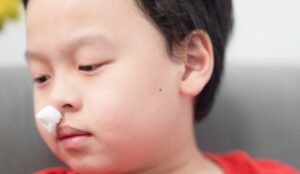On a crisp winter morning, little Emma excitedly put on her snow boots, grabbed her skating gear, and couldn't wait to join her friends on the ice. Meanwhile, her parents felt a bit concerned. Winter sports like skiing and ice skating are undoubtedly fun, but they also come with potential risks. To let kids enjoy themselves safely, proper preparation and precautions are essential.
Winter sports offer children opportunities to stay active, improve coordination, and create memorable outdoor experiences. However, minimizing risks is key. Here are some practical tips to keep kids safe while enjoying the ice and snow.
1. Dress in Warm, Layered Clothing
Emma’s mom ensured she wore multiple layers of clothing, keeping her warm while allowing freedom of movement. In cold weather, children are prone to discomfort or illness. Choose breathable, warm, and waterproof clothing, such as wool sweaters, thermal pants, and outer waterproof ski jackets. Accessories like gloves, hats, and scarves are also essential to protect their extremities and prevent frostbite.
2. Use Proper Protective Gear
While skiing, Emma’s parents made sure she wore a helmet and goggles. These are vital for any winter sport. Helmets protect against head injuries, while goggles shield the eyes from strong sunlight and wind. For ice skating, knee and elbow pads can reduce the risk of joint injuries from falls.
3. Choose Suitable Venues
The choice of venue matters. Emma’s parents checked the ice surface at the skating rink to ensure it was solid and free from cracks. When skiing, opt for slopes that match your child’s skill level and ensure the area has clear safety signs. Avoid unverified locations like frozen lakes or rivers, as they pose higher risks.
4. Learn Basic Skills and Rules
Before hitting the slopes, Emma attended a beginner skiing class where she learned to balance, control her speed, and fall safely. Learning basic skills helps children enjoy the sport and reduces accidents. Teach kids to follow rules, such as maintaining a safe distance on ski slopes or avoiding rough play on the ice.
5. Monitor Weather Conditions
Winter weather can change rapidly, so check forecasts before heading out. If storms or strong winds are predicted, postpone outdoor plans to avoid hazards. Also, watch for signs of frostbite or hypothermia if kids are outdoors for extended periods.
6. Don’t Skip Sun Protection
Although it’s winter, sunlight reflecting off snow or ice can be intense. Emma’s parents applied sunscreen and lip balm to protect her skin and lips from sunburn and dryness. Don’t overlook UV protection, even on cloudy days.
7. Ensure Proper Nutrition and Hydration
In cold weather, children need extra energy to maintain body heat. Emma started her day with a cup of warm milk and brought snacks like nuts and energy bars for breaks. Staying hydrated is equally important, so encourage kids to drink water regularly and avoid sugary drinks.
8. Maintain Communication
While Emma enjoyed her activities, her parents stayed nearby to monitor her safety. Equip children with a phone or tracking device to ensure they can contact you if needed. Set a designated meeting point and time to avoid confusion in crowded areas.
9. Avoid Overexertion
After hours of skiing, Emma felt tired, and her parents wisely suggested a break with a warm drink. Watch for signs of fatigue and encourage children to rest when needed to prevent accidents caused by overexertion.
10. Be Prepared for Emergencies
Always carry a basic first aid kit with items like band-aids, antiseptic wipes, and a thermal blanket. Familiarize yourself with the location of first aid stations at skiing or skating venues. In case of an injury, remain calm and seek medical attention promptly.
Conclusion
Winter sports not only allow kids to enjoy the fun of snow and ice but also strengthen their physical fitness and coordination. With proper precautions and thoughtful preparation, the risks associated with winter sports can be minimized. Like little Emma, children can safely and joyfully glide on the ice or ski down snowy slopes, making the most of the chilly season.
References:
- American Academy of Pediatrics - Winter Sports Safety Tips
- CDC - Cold Weather Safety
- KidsHealth - Skiing and Snowboarding Safety




